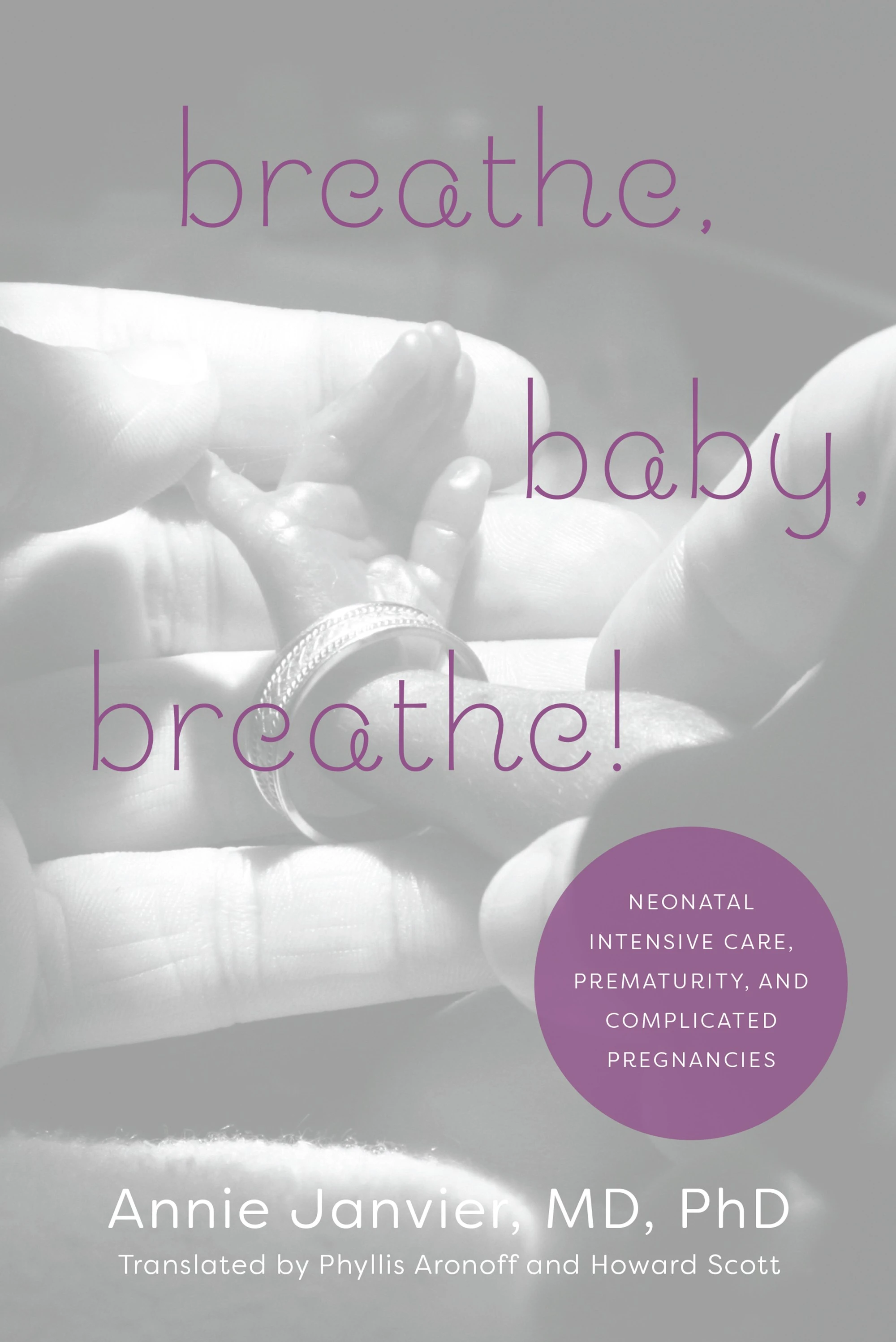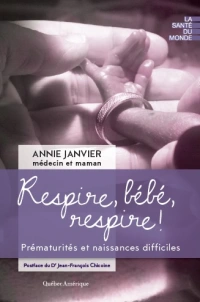‘Scrub the hub’ is a part of many catheter sepsis prevention bundles. The idea being that organisms can be introduced into the infusion solution from inadequate cleaning of connectors, so 15 seconds minimum of vigorous application of alcohol wipes should make the intravenous tubing hub cleaner, and reduce subsequent infection. Many of the individual components of the ‘bundles’ have not been well studied, including the hub-scrubbing.
In the NICU, with our very high rates of late-onset sepsis (Health-Care Associated infections HCAI) compared to most health care settings, this might be even more important, or perhaps hubs are not a source of our infections.
According to the introduction of this before and after study, this is the only study of scrubbing the hub. The before part of the study was when the nurses were trained to wipe the hub with an alcohol swab, the after was specifying the 15 seconds of good scrubbing.
There were relatively few very preterm babies among the 860 or so total infants in the study (around 580 before and 280 after). Only 14 before and 6 after were under 28 weeks, so it is rather a different NICU to mine, a very high proportion of their central lines being in term and late preterm infants. There were 14 positive cultures for Coagulase Negative Staphylococci (CoNS) in the before period, and 3 in the after period, when possible contaminants were eliminated, there were 9 before and 0 after. All but one of the babies thought to have true sepsis were preterm, (less than 32 weeks). There is no reporting of any other infections in the paper, so we don’t know if they had no other infections (Gram negatives, staph aureus or enterococci) or they just didn’t report them. I really think that ought to have been included in the report.
The authors state that there were no other changes in sepsis control procedures between the 2 periods, but, of course there is no way to know if all risk factors were balanced without randomization of a large group of babies, which will, in general, balance for all other risk factors, known and unknown.
So this looks positive and the authors of course recommend a large randomized trial, as you are always supposed to. But: Really? Would that be ethical? Randomizing babies to have a reduced duration of ‘hub-scrubbing’ in order to see if they can get more infections? Surely when an intervention makes sense, costs nothing, and has no reasonable potential for adverse effects, we should just do it. The ‘cost’ of 20 seconds extra nursing time per catheter intervention, and of incorporating into their teaching that they should scrub for 15 seconds instead of just wiping the hub, is trivial. How could this possibly be harmful? Sure a large RCT might show that it is ineffective, but then there is still no-one harmed, just a few minutes of wasted time. RCTs of infection control interventions are indeed sorely needed, but we should concentrate on things which are either costly or have a potential for adverse effects.
In the meantime, scrubbing the hub for 15 seconds should be the minimum standard, we do need to concentrate on methods to ensure that it actually gets done, for a full 15 seconds (with a further 15 second delay while the alcohol evaporates). If, like me, you watch people in the NICU when they complete their 15 second alcohol hand gel application in 4 seconds, it is easy to get cynical about how long it is actually being done for.
One thing that helps I think (though I don’t know any good data) is to get people to sing ‘Baa-Baa black sheep’ while gelling their hands, the rhyme takes around 15 seconds if you don’t rush. We just have to decide which French rhyme to use for my hospital!
Incidentally a recently-published multi-center program to reduce catheter associated sepsis in paediatric haematology/oncology patients, which was highly effective, included ‘scrub the hub’ either 15 seconds with alcohol or 30 seconds with chlorhexidine. The swabs used in the neonatal paper above were alcohol with 5% chlorhexidine.








